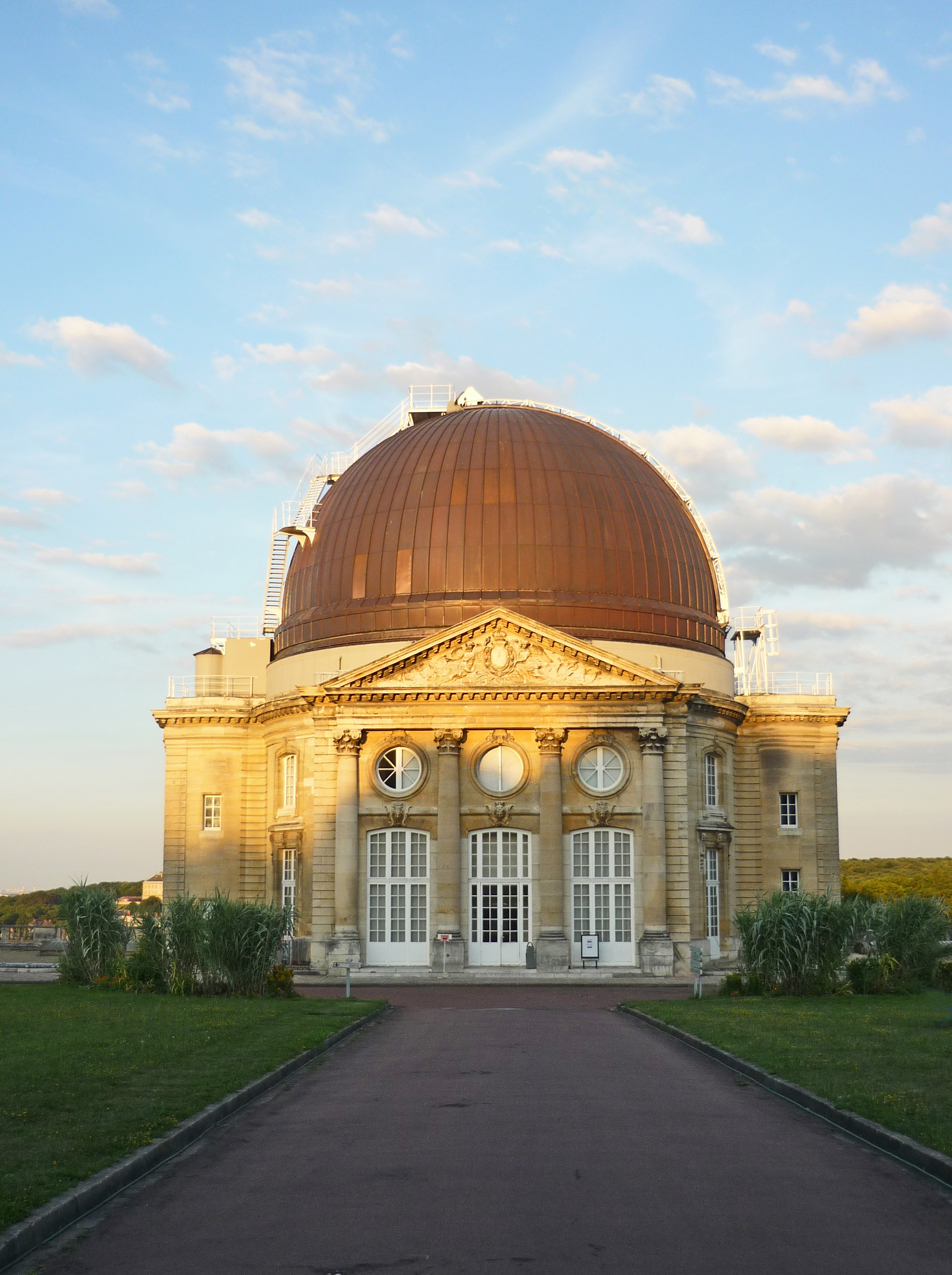Constant Moyaux on:
[Wikipedia]
[Google]
[Amazon]
 Constant Moyaux (15 June 1835, Anzin - 11 October 1911,
Constant Moyaux (15 June 1835, Anzin - 11 October 1911,
 He was the son of a carpenter. He began studying architecture in 1852, at the academy in
He was the son of a carpenter. He began studying architecture in 1852, at the academy in Documentation
@ the While attending festivities in his honor, in Anzin, he fell and skinned his head. The wound became infected, and he died of
While attending festivities in his honor, in Anzin, he fell and skinned his head. The wound became infected, and he died of
@ the Institut National d'Histoire de l'Art * Obituary by "G. L.", In: ''L'Architecture'', 21 October 1911, p. 345-346 * Obituary by Paul Guadet, In: the ''Bulletin de la SADG'' (Société des Architectes Diplômés par le Gouvernement), December 30, 1911, pp. 485–489
Notes and references
from the Comité des travaux historiques et scientifiques @ La France Savante {{DEFAULTSORT:Moyaux, Constant 1835 births 1911 deaths French architects École des Beaux-Arts Recipients of the Legion of Honour Deaths from tetanus People from Nord (French department) Members of the Académie des beaux-arts
 Constant Moyaux (15 June 1835, Anzin - 11 October 1911,
Constant Moyaux (15 June 1835, Anzin - 11 October 1911, Paris
Paris () is the capital and most populous city of France, with an estimated population of 2,165,423 residents in 2019 in an area of more than 105 km² (41 sq mi), making it the 30th most densely populated city in the world in 2020. S ...
) was a French architect.
Biography
 He was the son of a carpenter. He began studying architecture in 1852, at the academy in
He was the son of a carpenter. He began studying architecture in 1852, at the academy in Valenciennes
Valenciennes (, also , , ; nl, label=also Dutch, Valencijn; pcd, Valincyinnes or ; la, Valentianae) is a commune in the Nord department, Hauts-de-France, France.
It lies on the Scheldt () river. Although the city and region experienced a s ...
, then went to Paris, where he enrolled at the École des Beaux-Arts
École des Beaux-Arts (; ) refers to a number of influential art schools in France. The term is associated with the Beaux-Arts style in architecture and city planning that thrived in France and other countries during the late nineteenth century ...
. His primary instructor there was Louis-Hippolyte Lebas
Louis-Hippolyte Lebas (31 March 1782 in Paris – 12 June 1867 in Paris) was a French architect working in a rational and severe Neoclassical style.
Life and career
He was trained in the atelier of Percier and Fontaine, the favoured architects ...
. Over the course of the late 1850s, he won several medals and awards. He was the second student to receive the "Prix de Rougevin" (1857); established by the architect Auguste Rougevin (1794-1878), in memory of his son, who had died while studying there.
In 1861 his honors culminated, when he won the Prix de Rome, with his design for a thermal bathing establishment. From 1862 to 1866, he was at the Villa Medici in Rome, but also travelled extensively; throughout Italy as well as to Athens and Istanbul.
When he returned to Paris, he served as an inspector of civil buildings and national palaces from 1867 to 1874. The following year he was named a professor, and appointed as head of the architecture studio at the École; a position he held until his retirement in 1908. His students there included Max Sainsaulieu, Louis Duthoit, and .
In 1879, he was made a Knight in the Legion of Honor.@ the
Base LĂ©onore
''Base LĂ©onore'', or the LĂ©onore database, is a French database that lists the records of the members of the National Order of the Legion of Honor. The database lists the records of those inducted into the Legion of Honor
The National Ord ...
He began one of his major works that same year; converting the fire-damaged Château Neuf at Meudon into an observatory. This project would occupy him until 1888. He also performed a major renovation at the Ministry of the Interior from 1882 to 1883. An appointment as Inspector General of Civil Buildings came in 1894. Four years later, he was elected to the Académie des Beaux-Arts, where he took Seat #4 for architecture, succeeding Charles Garnier (deceased).
 While attending festivities in his honor, in Anzin, he fell and skinned his head. The wound became infected, and he died of
While attending festivities in his honor, in Anzin, he fell and skinned his head. The wound became infected, and he died of tetanus
Tetanus, also known as lockjaw, is a bacterial infection caused by ''Clostridium tetani'', and is characterized by muscle spasms. In the most common type, the spasms begin in the jaw and then progress to the rest of the body. Each spasm usually ...
while undergoing treatment at the Institut Pasteur
The Pasteur Institute (french: Institut Pasteur) is a French non-profit private foundation dedicated to the study of biology, micro-organisms, diseases, and vaccines. It is named after Louis Pasteur, who invented pasteurization and vaccines fo ...
. His books and papers were bequeathed to the library in Anzin. The Musée des Beaux-Arts de Lille maintains a collection of his drawings.
References
Further reading
* Documentation, references and a biography by Marie-Laure Crosnier Lecont@ the Institut National d'Histoire de l'Art * Obituary by "G. L.", In: ''L'Architecture'', 21 October 1911, p. 345-346 * Obituary by Paul Guadet, In: the ''Bulletin de la SADG'' (Société des Architectes Diplômés par le Gouvernement), December 30, 1911, pp. 485–489
External links
Notes and references
from the Comité des travaux historiques et scientifiques @ La France Savante {{DEFAULTSORT:Moyaux, Constant 1835 births 1911 deaths French architects École des Beaux-Arts Recipients of the Legion of Honour Deaths from tetanus People from Nord (French department) Members of the Académie des beaux-arts